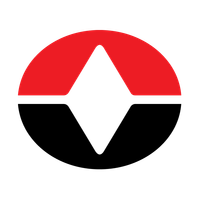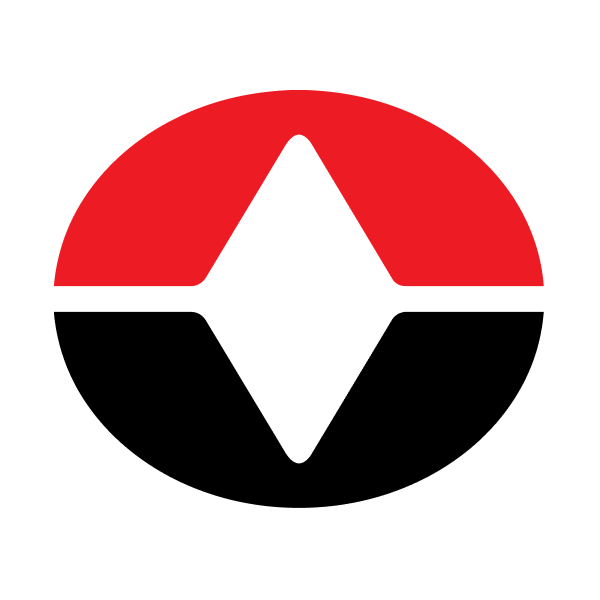
Olin Corp
NYSE:OLN


| US |

|
Johnson & Johnson
NYSE:JNJ
|
Pharmaceuticals
|
| US |

|
Berkshire Hathaway Inc
NYSE:BRK.A
|
Financial Services
|
| US |

|
Bank of America Corp
NYSE:BAC
|
Banking
|
| US |

|
Mastercard Inc
NYSE:MA
|
Technology
|
| US |

|
UnitedHealth Group Inc
NYSE:UNH
|
Health Care
|
| US |

|
Exxon Mobil Corp
NYSE:XOM
|
Energy
|
| US |

|
Pfizer Inc
NYSE:PFE
|
Pharmaceuticals
|
| US |

|
Palantir Technologies Inc
NYSE:PLTR
|
Technology
|
| US |

|
Nike Inc
NYSE:NKE
|
Textiles, Apparel & Luxury Goods
|
| US |

|
Visa Inc
NYSE:V
|
Technology
|
| CN |

|
Alibaba Group Holding Ltd
NYSE:BABA
|
Retail
|
| US |

|
3M Co
NYSE:MMM
|
Industrial Conglomerates
|
| US |

|
JPMorgan Chase & Co
NYSE:JPM
|
Banking
|
| US |

|
Coca-Cola Co
NYSE:KO
|
Beverages
|
| US |

|
Walmart Inc
NYSE:WMT
|
Retail
|
| US |

|
Verizon Communications Inc
NYSE:VZ
|
Telecommunication
|
Utilize notes to systematically review your investment decisions. By reflecting on past outcomes, you can discern effective strategies and identify those that underperformed. This continuous feedback loop enables you to adapt and refine your approach, optimizing for future success.
Each note serves as a learning point, offering insights into your decision-making processes. Over time, you'll accumulate a personalized database of knowledge, enhancing your ability to make informed decisions quickly and effectively.
With a comprehensive record of your investment history at your fingertips, you can compare current opportunities against past experiences. This not only bolsters your confidence but also ensures that each decision is grounded in a well-documented rationale.
Do you really want to delete this note?
This action cannot be undone.

| 52 Week Range |
33.13
59.67
|
| Price Target |
|
We'll email you a reminder when the closing price reaches USD.
Choose the stock you wish to monitor with a price alert.

|
Johnson & Johnson
NYSE:JNJ
|
US |

|
Berkshire Hathaway Inc
NYSE:BRK.A
|
US |

|
Bank of America Corp
NYSE:BAC
|
US |

|
Mastercard Inc
NYSE:MA
|
US |

|
UnitedHealth Group Inc
NYSE:UNH
|
US |

|
Exxon Mobil Corp
NYSE:XOM
|
US |

|
Pfizer Inc
NYSE:PFE
|
US |

|
Palantir Technologies Inc
NYSE:PLTR
|
US |

|
Nike Inc
NYSE:NKE
|
US |

|
Visa Inc
NYSE:V
|
US |

|
Alibaba Group Holding Ltd
NYSE:BABA
|
CN |

|
3M Co
NYSE:MMM
|
US |

|
JPMorgan Chase & Co
NYSE:JPM
|
US |

|
Coca-Cola Co
NYSE:KO
|
US |

|
Walmart Inc
NYSE:WMT
|
US |

|
Verizon Communications Inc
NYSE:VZ
|
US |
This alert will be permanently deleted.
 Olin Corp
Olin Corp
Olin Corp
Investor Relations
Founded over a century ago, Olin Corporation stands as a stalwart in the chemicals and ammunition industries, a testament to its resilience and adaptability amidst evolving market dynamics. This American manufacturing company originally made its mark in the ammunition business, a legacy that remains central to its identity. Olin’s Winchester brand is synonymous with reliability and tradition, supplying ammunition for sports, hunting, and the military. This segment still generates significant revenue, benefiting from both civilian demand and government contracts, thereby ensuring a steady cash flow source.
However, Olin is not just about ammunition; it has expanded its scope to embrace the chemical sector, a strategic pivot that underscores its growth trajectory. The company operates through three primary business segments: Chlor Alkali Products and Vinyls, Epoxy, and Winchester. The chemical divisions provide essential materials for various industries — from pulp and paper to electronics and automotive sectors. By producing and distributing chlorine, caustic soda, and other chemical derivatives, Olin capitalizes on the vital role these chemicals play in manufacturing and consumer goods. This diversification allows Olin to mitigate risks associated with cyclical downturns in any one industry, while also capturing opportunities from global industrial demands. Through this dual focus on ammunition and chemicals, Olin ensures a balanced portfolio that harmonizes heritage with innovation.

Founded over a century ago, Olin Corporation stands as a stalwart in the chemicals and ammunition industries, a testament to its resilience and adaptability amidst evolving market dynamics. This American manufacturing company originally made its mark in the ammunition business, a legacy that remains central to its identity. Olin’s Winchester brand is synonymous with reliability and tradition, supplying ammunition for sports, hunting, and the military. This segment still generates significant revenue, benefiting from both civilian demand and government contracts, thereby ensuring a steady cash flow source.
However, Olin is not just about ammunition; it has expanded its scope to embrace the chemical sector, a strategic pivot that underscores its growth trajectory. The company operates through three primary business segments: Chlor Alkali Products and Vinyls, Epoxy, and Winchester. The chemical divisions provide essential materials for various industries — from pulp and paper to electronics and automotive sectors. By producing and distributing chlorine, caustic soda, and other chemical derivatives, Olin capitalizes on the vital role these chemicals play in manufacturing and consumer goods. This diversification allows Olin to mitigate risks associated with cyclical downturns in any one industry, while also capturing opportunities from global industrial demands. Through this dual focus on ammunition and chemicals, Olin ensures a balanced portfolio that harmonizes heritage with innovation.





























 You don't have any saved screeners yet
You don't have any saved screeners yet
